-
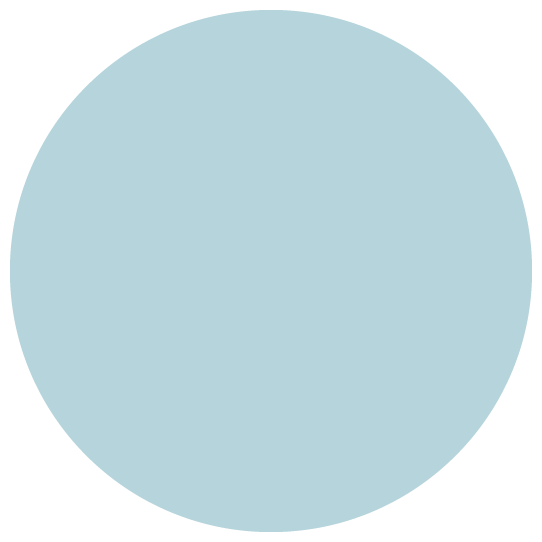
Jumbo Dome
The new Kaeng Krachan
Elephant Park, Zurich
All photos shot especially for uncube by David Willen.
-
Zurich Zoo’s Elephant Park is quite literally a tour de force on all levels: to start with, the sloping site just north of the original enclosure presented a challenge for its integration into the landscape, which the zoo required to be “as natural as possible”. Then there was the self-supporting roof which was structurally sound on paper but turned out to be a considerable challenge in terms of its construction and statics, while the long process of planning and realisation demanded exceptional commitment too from all concerned. Funded by both sponsors and benefactors, the Kaeng Krachan Elephant Park ended up costing 57 million CHF instead of the budgeted 32 million and opened two years later than planned – but the effort has been worth it.
The Elephant Park project, a collaboration between landscape architects Lorenz Eugster, architects Markus Schietsch Architekten and engineers Walt + Galmarini, is at 11,000 square metres, some six times larger than the old enclosure. More space means not just more comfort for the noble pachyderms, but also allows for better social relationships within the herd. The compound can accommodate up to ten animals that can choose freely whether they want to be inside or outside. In addition, the elephants needed to share the enclosure (as they would in the wild) with other hoofed animals and wild fowl, and thus have had to learn to accustom themselves to the presence of these other species.
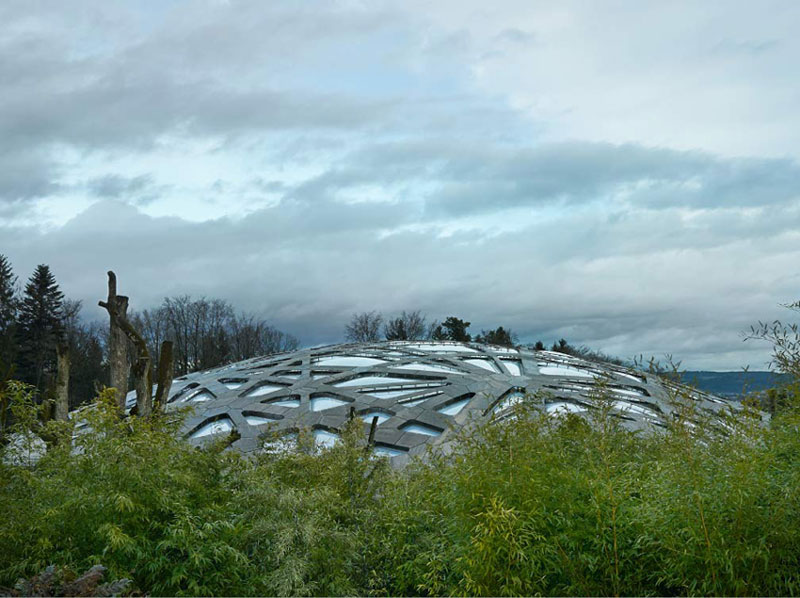
-
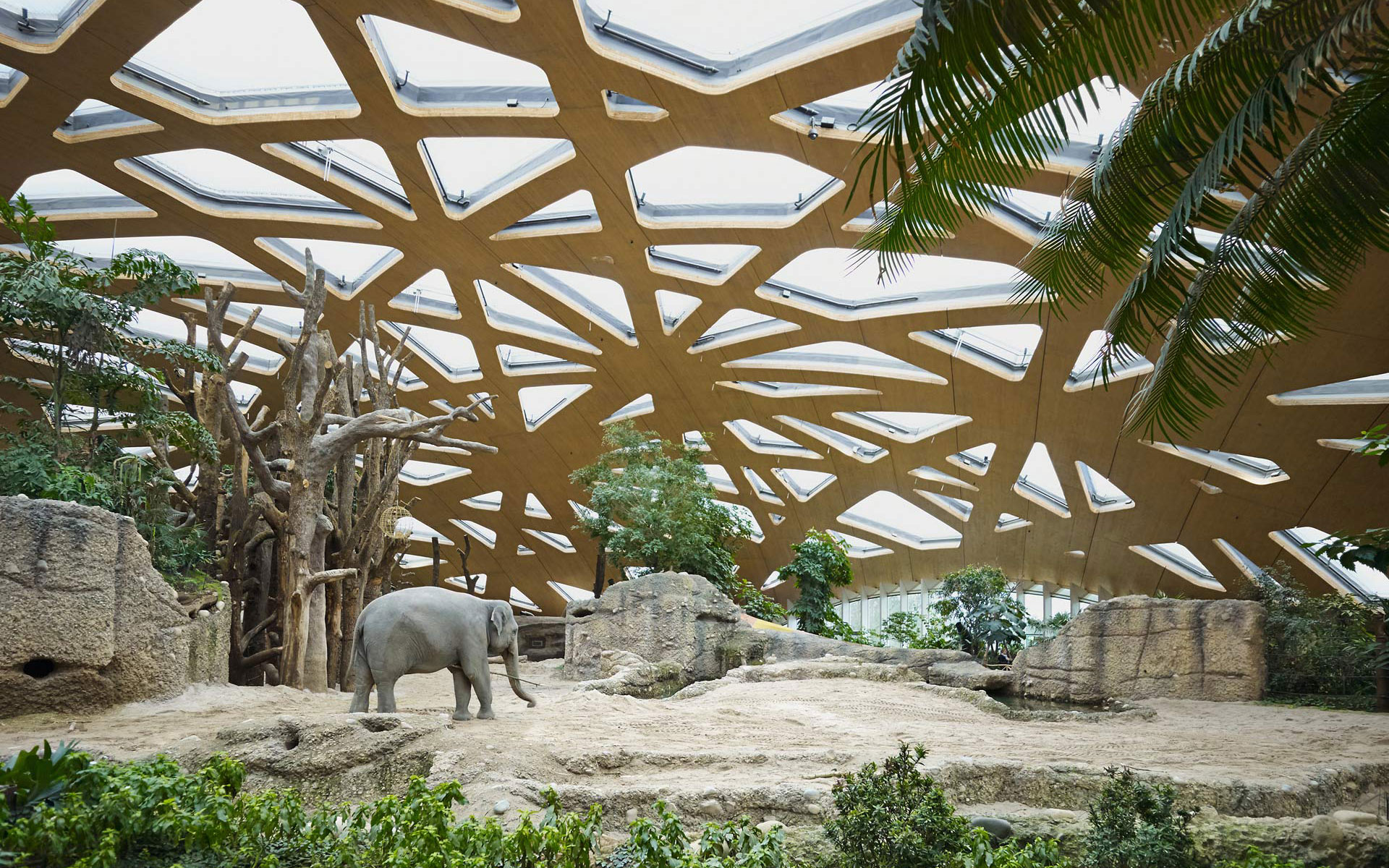
-
Roderick Hönig was born 1971 in Switzerland. He studied architecture at the ETH Zurich and the E.T.S.A. Barcelona and received a CAS in Arts Management from the University of Berne. He has worked for the Neue Zürcher Zeitung as well as for the Museum of Modern Art in New York. He has also edited several books including: Swiss Sound Box, the catalogue for Peter Zumthor’s Pavilion at Expo 2000 in Hannover, ImagiNation, the official catalogue of the Swiss National Exhibition Expo 2002, and the Architectural Guide Zurich. In 2005 he was awarded the Swiss Arts Award in the category Arts and Architecture education. Today Hönig is manager of Edition Hochparterre in Zurich.
The care of the elephants is also new and more species-appropriate: the keepers no longer have any direct contact with the animals – and are thus in less danger of injury. In tandem with the building of the new elephant park, Zurich Zoo is also supporting a project in Thailand, the Asian elephants’ native homeland, helping protect them in the wild by attempting to resolve the “human-elephant conflict” with farmers there.
The two main elements of the park are a 5,000-square-metre outdoor enclosure and a spectacular covered hall. Outside, the landscape is designed to be like a clearing oriented around a dry riverbed. Here there is a cow and calf section, a bull pen, three bathing pools, a mud wallow and waterfall area. The visitors’ path meanders artfully through the enclosure and at selected spots the clever scenography allows carefully composed views through a new “forest” onto individual sections. The viewing experience climaxes in the hall itself, which offers a spatially spectacular, naturally lit environment.
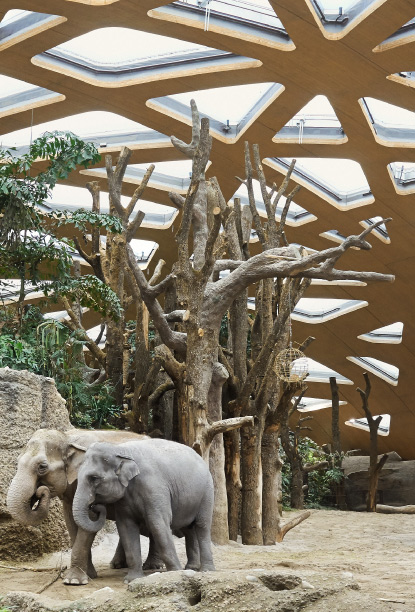
The self-supporting structure of the timber shell spans up to 88 metres and covers almost 7,000 square metres. This double curved shell carries its 1,200-tonne weight elegantly and efficiently, with the loads borne by enormous concrete slabs in the basement. On top rests the pièce de résistance, a wavelike, 270-metre-long, 200-tonne, pre-stressed concrete ring beam.
The 271 polygonal skylights that cut into the roof, all different, do not make the redistribution of the roof load any simpler. To save weight, the openings are filled with UV-permeable air cushions up to 35 square metres in area. These need to be constantly inflated which requires two compressors in the technical catacombs buried beneath the 80-centimetre-thick sand floor. In fact the whole building is a gigantic high-end, high-tech utilities machine disguised as a hut. Even in its accommodating cellar there is an in-house purification plant feeding the lucky elephants’ very own indoor, glass-sided swimming pool. I (Roderick Hönig)
-
Search
-
FIND PRODUCTS
PRODUCT GROUP
- Building Materials
- Building Panels
- Building technology
- Façade
- Fittings
- Heating, Cooling, Ventilation
- Interior
- Roof
- Sanitary facilities
MANUFACTURER
- 3A Composites
- Alape
- Armstrong
- Caparol
- Eternit
- FSB
- Gira
- Hagemeister
- JUNG
- Kaldewei
- Lamberts
- Leicht
- Solarlux
- Steininger Designers
- Stiebel Eltron
- Velux
- Warema
- Wilkhahn
-
Follow Us
Tumblr
New and existing Tumblr users can connect with uncube and share our visual diary.
»What the map cuts up, the story cuts across.«
Michel de Certeau: Spatial Stories
Keyboard Shortcuts
- Supermenu
- Skip Articles
- Turn Pages
- Contents


